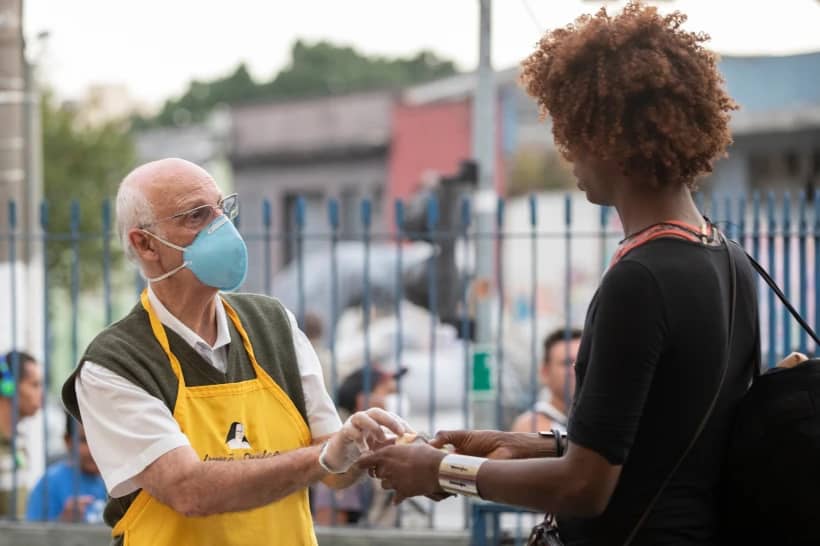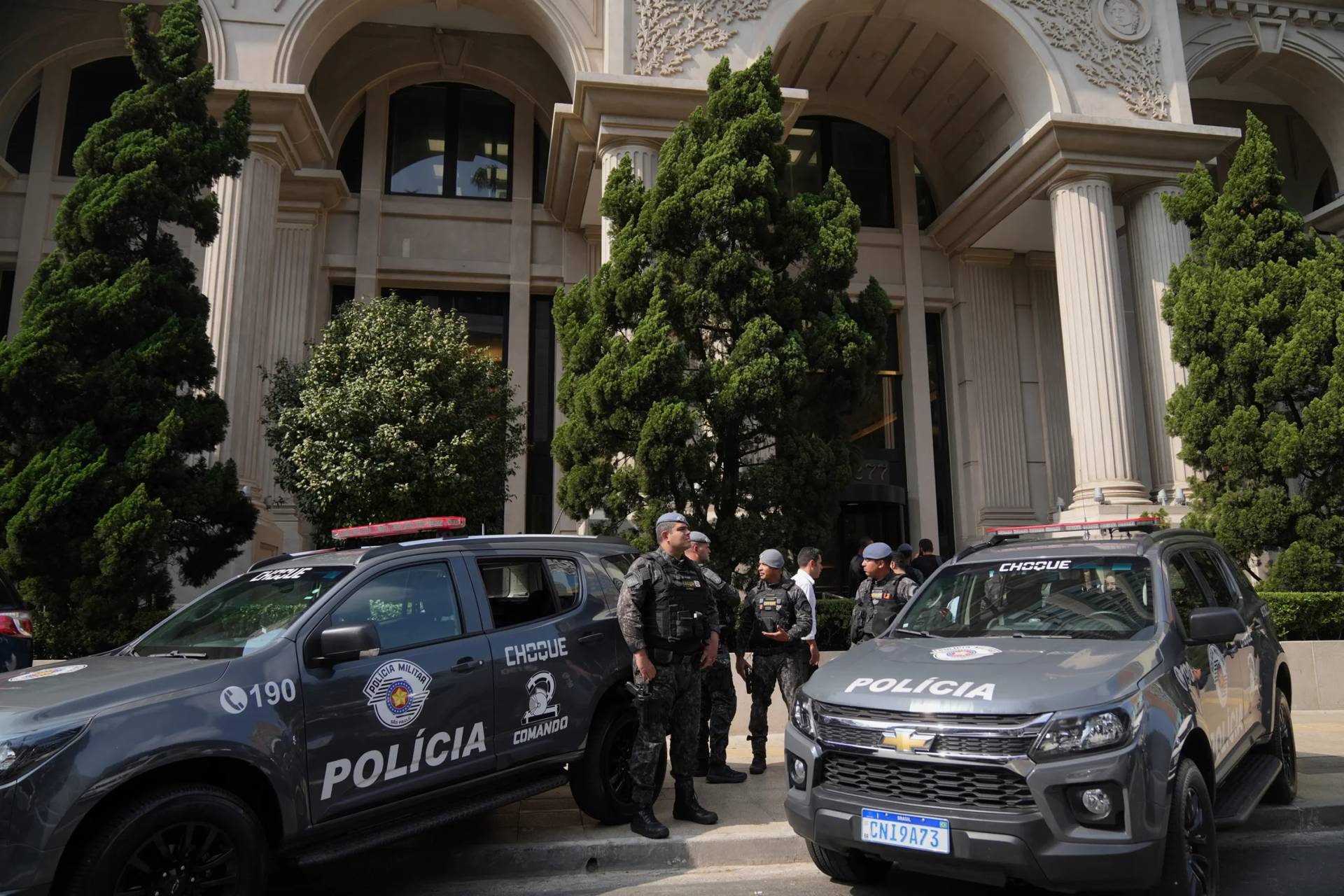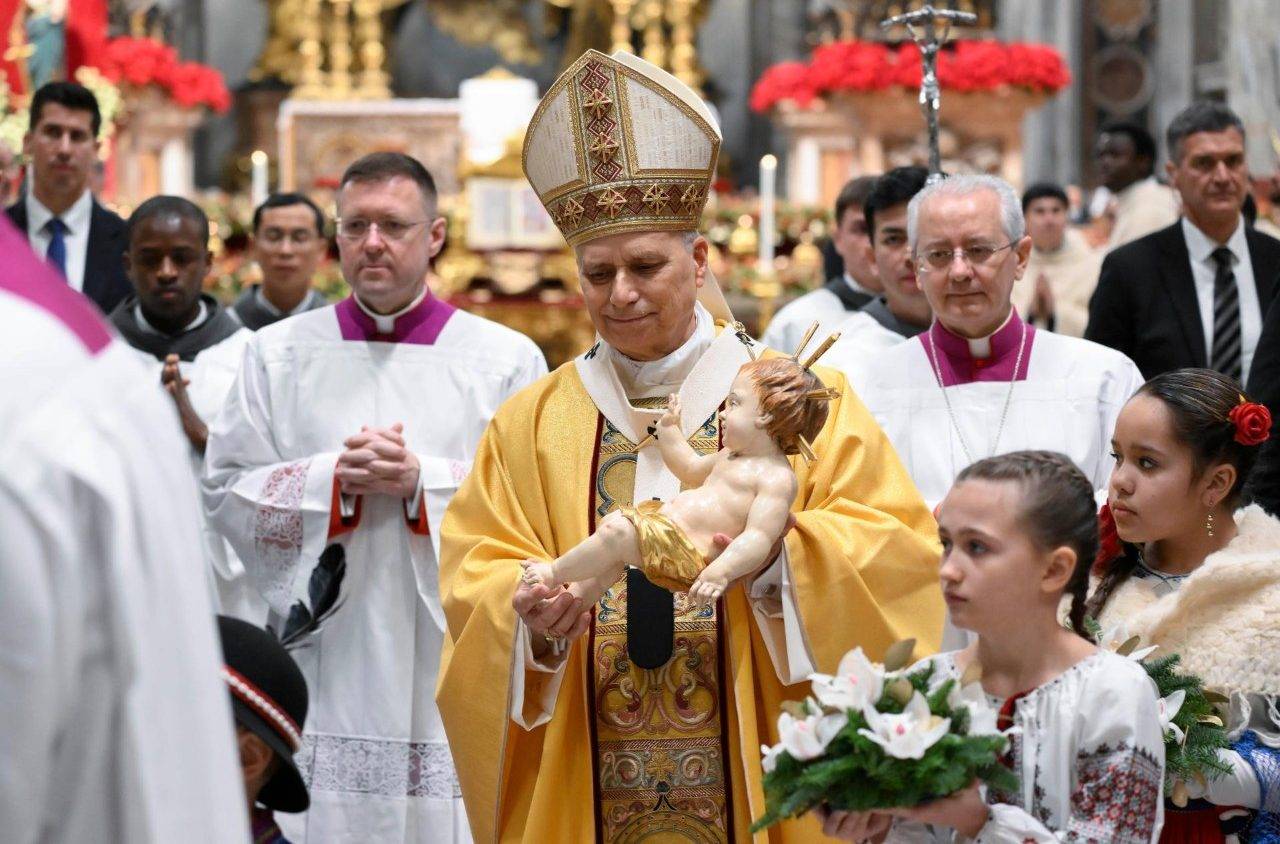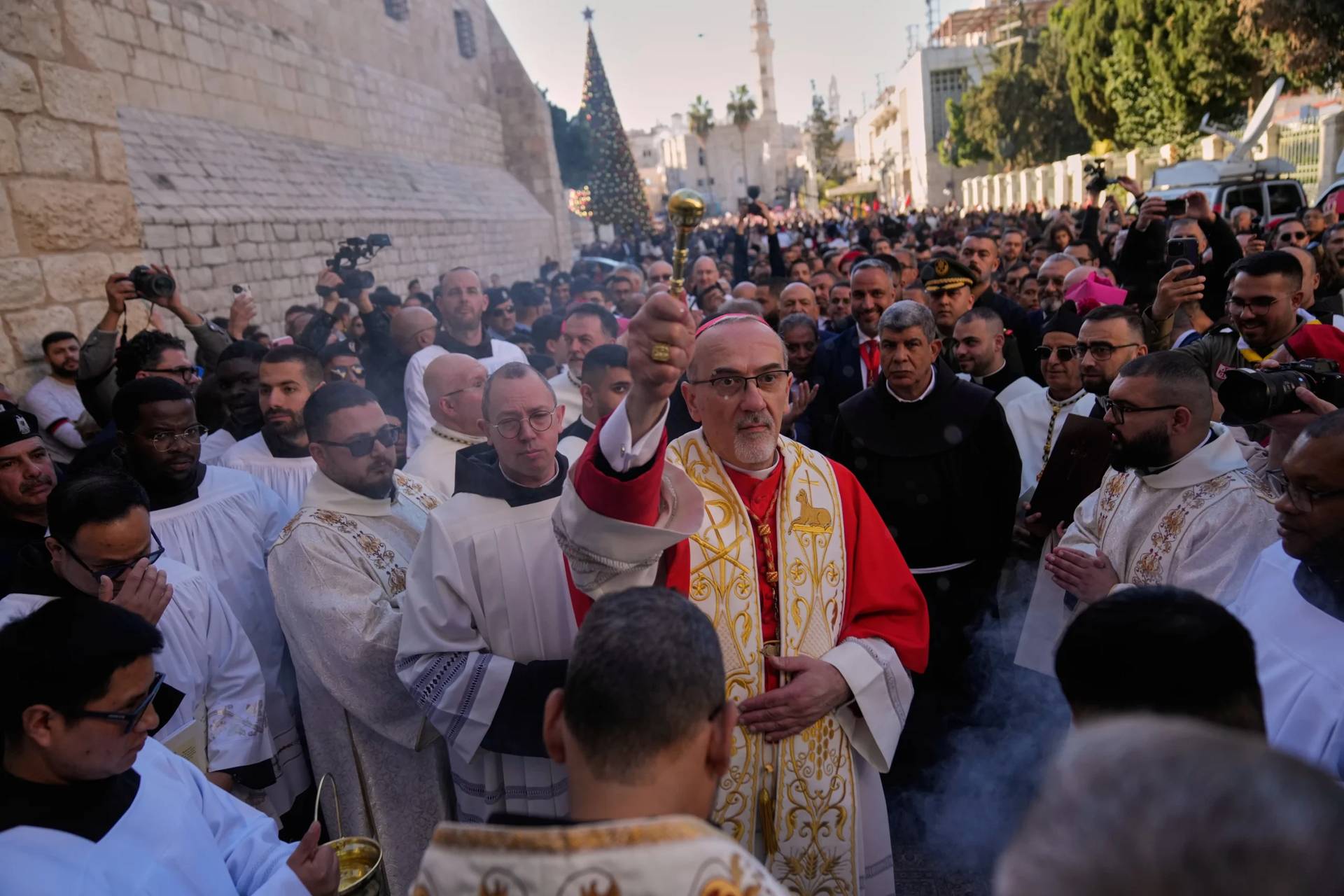[Editor’s Note: This is the fifth in a series of articles by Inés San Martín exploring the state of the Catholic Church in Pope Francis’ home continent of Latin America. The fourth can be found here.]
SANTA FE, Argentina — María Luisa Aspe, a Mexican historian, says that when it comes to women, the Catholic hierarchy is “trying,” but doesn’t always understand their importance in the Church and in society.
Two years ago, she was one of 13 women of Latin America invited by the Pontifical Commission for Latin America, to discuss the role women have in the Church. From the get-go, she said, Cardinal Marc Ouellet, who leads the commission, told them that the questions of female priesthood and gender ideology was out.
“And we agreed to play in this field,” she told Crux on Thursday. But leaving these aside, she said, there is much to be done in the “conservatively traditionalist” Church of Latin America, where cardinals, bishops and priests still believe that the role of women is in the kitchen.
By “conservatively traditionalist” she means that issues such as the role women can play in a parish councils, in social ministries and in the diocesan structures are considered out of the question, because “the hierarchy follows the traditional magisterium of the Church, that says the privileged place for a woman is in the private sphere.”
“The idea of the woman who works, who can be both in the parish and with the children, who is concerned about women´s issues and presents a Catholic feminism are slowly registering in their minds, but Mexico is still very hierarchical,” Aspe said.
Aspe is the former President of the Mexican Institute of Christian Social Doctrine. With a long experience working with and for the Catholic Church, she has learned that “no one will give you the space in the Church: You have to occupy it.”
“It´s like humidity: Sneaking in from down below,” she said.
Hope has a female face
Aspe is a firm believer that both in the Church and society at large, hope has a female face. She said that it is particularly true when it comes to the role that religious and consecrated women play in the Church.
In 2014, when she still headed the Mexican Institute for Christian Social Doctrine, they did the largest poll at an institutional level focused not on what Catholics believe but on how they live what they claim to believe.
“In this poll, it was very clear: In Mexico, but also throughout Latin America, the religious agents who are most appreciated are without a doubt religious women,” she said, noting that it applies both to those of apostolic life and those who live in cloisters.
As an example, she quotes a religious sister who works in a marginal area of Mexico City with sex workers. Women religious, the sister argued, “are the infrastructure of the Church.”
“And what is the infrastructure, you might ask,” Aspe continued. “It’s that which though is not seen, keeps the structure standing.”
On the other hand, at the level of the laity, women play a fundamental role in the transmission of the faith. Both mothers and grandmothers are the ones passing down the faith.
However, there is a challenge in this: “In Latin America, women at a fertile age – between 20 and early 40s – have stopped practicing their faith, and this is a statistically visible phenomenon in the region.”
They no longer practice the faith, Aspe said, “because their faith tells them very little about their everyday life. During our gathering in Rome, I told the cardinals and bishops from Latin America who had gathered for the assembly of the commission, that I hadn´t been able to find a single homily or pastoral letter that addressed domestic violence. And they all agreed.”
According to data from the Pan American Health Organization, in Latin America and the Caribbean, one out of every three women has experienced physical or sexual violence during her lifetime. In Mexico, an average of 11 women are violently killed every day by their male partners.
Women leaving the Church
“Women are clearly migrating from the Church because the Church no longer speaks to them,” she said. “And this has to change.”
Working on being the change she wants to see within the institution, Aspe is a member of the Women’s Network of the Latin American Academy of Catholic Leaders. Their mission is to promote, elaborate and implement concrete actions for a new feminism in the current context, based on the Social Magisterium of the Catholic Church, for all men and women of good will.
Knowing that without women – who are the infrastructure and the transmitters of the faith – there would be no Church, is not enough, Aspe acknowledged: “Women are leaving the Church. According to the 2020 census, the Church lost 5 percent of the faithful. And this has to do with the fact that the Church, beyond Pope Francis, tells them very little about everyday life.”
“It’s valid for a lay person to ask: What does my faith and being a member or not of this Church add to my life,” she said.
“The paradox of what we are experiencing is that it is the woman who sustains, who is the hope of the Church, but they are leaving the institution, and this, I believe, is a challenge linked to the hierarchy,” she said.
“It’s a problem of the parish priests who tell women that they don’t want to see them creating havoc in the parishes and that they should go home to take care of their husbands,” Aspe said. “It’s a problem of the bishops who consider that this issue is in Pope Francis’ agenda and that as such it must be taken into account, but it is hard work, so they don’t follow through.”
The problem, as in many cases, is cultural, the historian said. Steps must be taken for women to be included in parish councils, and in social ministries, because “it us, women, who are the ones doing these ministries. In the most violent areas of Mexico, those who work in reconciliation and reconstruction of the social fabric are women. Why can’t they actively participate in the council that allocates resources for these programs?”
The “leftization” of the Church
Many bishops in Latin America, Aspe said, don’t understand the difference between Liberation Theology and the Theology of the People, which is the one favored by Pope Francis.
“They believe Francis will lead to the ‘leftization’ of the Church,” she said. “But from an ecclesial perspective, being ‘a leftie’ means to acknowledge the social commitment as a constitutive aspect of our faith. If we don’t have this commitment with the marginalized, which is part of the magisterium, then what we have is something other than faith.”
The historian also believes that, due to globalization, the “reductionist categories” of left v. right no longer apply to understanding reality.
“I would speak about commitment to the Gospel, which includes commitment to the poor, the ecology, sustainability, orphan children and more,” Aspe said. Women in particular, she argued, have a fundamental role to occupy in these social spheres, because “no one wants to do that work, but it’s indispensable.”
Caring for those in the margin of society following the Church´s Social Teaching, she said, does not mean to leave the sacraments, commandments and the liturgy aside. It’s not a matter of choosing between one and the other, but living both. Loving those in the peripheries does not a Catholic make, nor does loving the Mass in Latin, was her argument.
She added a salvo, however, saying that in Latin America at least – but also beyond – the “restrictive” sense of pro-life, meaning only the protection of unborn children, has also had an impact in this polarization.
“We are pro-life, but as the magisterium teaches, from conception until natural death,” Aspe said. “The problem in our countries is that people die too soon. People die of poverty, for treatable diseases, or being violently killed.”
Lastly, she said, “you catch more flies with honey than with gall,” and the fights to affirm one position over the other, as if the Church was about victorious and defeated, simply cannot be accepted.
“The best thing to do is to work from spaces of formation, to listen, to try to understand where the other is coming from,” she said, underlining time and time again the importance of formation in every aspect of the faith. “It´s necessary to dialogue with respect, without narrative radicalisms, and knowing that it is complicated to work with hierarchy.”
An opposite radicalism
Much like, in Aspe’s view, today there’s a radicalism from the right that staunchly tries to protect tradition, there is a risk of a liberal radicalism, rooted in the lack of formation both sides present. This could happen, for instance, with the Church’s ongoing Synod on Synodality, a global consultation launched by Pope Francis ahead of 2023 Synod of Bishops on this issue.
The pontiff has said time and time again that a synod is not a parliament, and that synodality does not mean democracy, yet many see it as such.
“There is a temptation to say that Francis is changing the doctrine of the Church, that he is opening up the institution, and he is not changing the teachings,” she said. Going around giving the idea that he is, however, can lead to both disappointment and fear.
On the one hand, people will realize that the Argentine pontiff is not changing teaching and leave, because the institution doesn’t live up to the expectations. On the other, she argued, people are panicking because they are being told that he’s trying to overturn tradition.
“There is an ideologization of Pope Francis’s message, and the risk is enormous,” Aspe said.
Follow Inés San Martín on Twitter: @inesanma
















